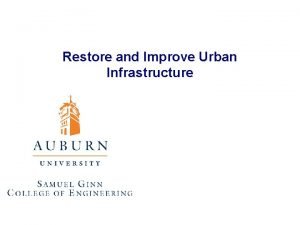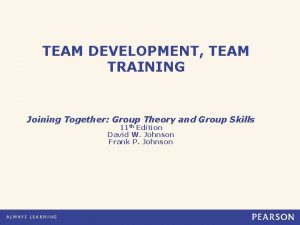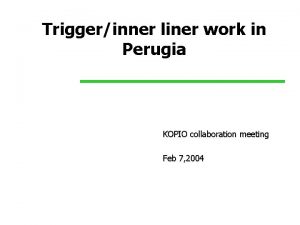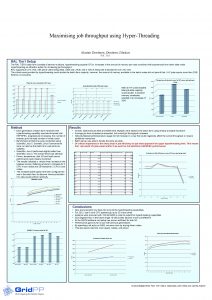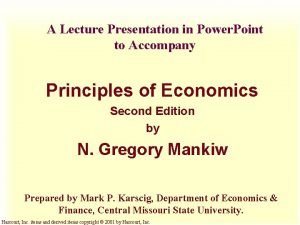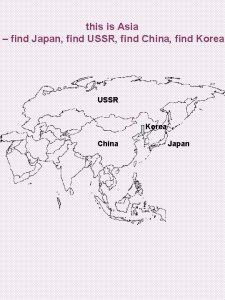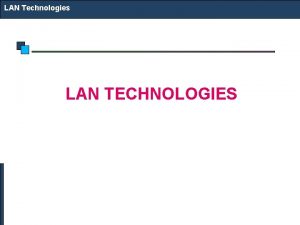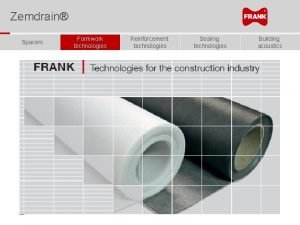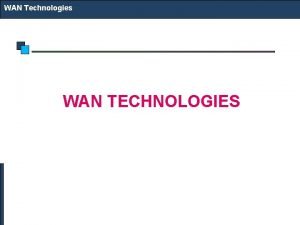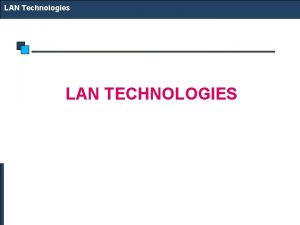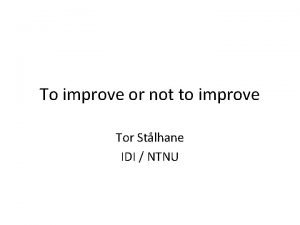How do we find ways to improve technologies
























- Slides: 24

How do we find ways to improve technologies that provide energy?

Ch 4: Thermal energy and Work Steam Engines Steam Turbine Engines

The Development of Steam Engines Principle: when you boil water the resulting steam exerts PRESSURE and MOVES objects

Steam Engines Any machine that generates steam and converts the steam pressure into mechanical motion. The First Steam Engine was a toy made by Hero of Alexandria over 2000 years ago

Hero’s steam engine

Industrial Revolution Needs Power! 1600 s - England desperately needed a powerful engine. Fuel needs had greatly increased for homes and industries

MORE COAL! DEEPER MINES! Water had to be pumped out of the mines for workers to work. Up to 500 horses were needed per mine to pump out the water!

A more efficient method of removing water from the mines was needed. 1698 - Thomas Savery built a steam engine to pump out the water. Using valves, atmospheric pressure, and condensation to create a partial vacuum, water is pulled out of the mines.

Savery Steam Engine http: //library. thinkquest. org/C 006011/english/ jsites/steam_thomas_savery. php 3? b=50&f= 2&j=1&v=0

SAVERY STEAM ENGINE 1. The boiler is used to heat the water to create steam. 2. Steam enters into the chamber and expands. 3. Cold water is sprayed on the outside of the chamber, causing the steam to condense and the particles to move closer together ( pressure inside relative to outside) 4. Pressure equalizes by moving water up from the water source (there is a partial vacuum set up in the chamber). 5. The water is “pulled” out of the mine to equalize the decreased pressure in the chamber.

The Savery Engine was ingenious, but inefficient and expensive to run – the search continued for a better engine 1712 – Thomas Newcomen invented a much improved engine: Newcomen’s Atmospheric Engine. rocking arm. (pg. 143)

Newcomen’s Engine Newcomen still used condensation to create a partial vacuum, and atmospheric pressure to push the mine water into the partial vacuum, but he added a piston and rocking arm.

Newcomen Steam Engine 1. The boiler heats water to make steam. 2. Steam enters the chamber and pushes the piston up. 3. The rising piston and weight cause the rocking beam to tilt down to the right, pushing the pump piston into the water well. 4. Cold water is sprayed into the chamber, causing the steam to condense and contract. 5. The piston moves down, causing the rocking beam to pull the piston in the well up, bringing the water out of the well.

Newcomen Engine http: //science. howstuffworks. com/steamtechnology 2. htm http: //library. thinkquest. org/C 006011/english/ jsites/steam_thomas_newcomen. php 3? f=2& b=50&j=1&fl=1&v=2

However, the constant heating and cooling caused rapid wear on the Newcomen’s engine’s parts, and the time it took for the heating and cooling for each cycle slowed down the engine so the hunt for a better engine continued!

1796 – Watt designs an improved steam engine that becomes the model for all steam engines for many years to come

Watt’s steam engine and workshop Watt’s engine was called the “double acting” engine because steam pressure pushed the piston in both directions. (pg. 145)

Watt’s Steam Engine 1. The biggest difference between Watt’s engine and the previous engines was that there was no cooling phase – therefore the engine was more efficient and faster. 2. Steam entered one side and pushed the piston to the other side. 3. The steam was then forced out through an exhaust valve. 4. The steam would re-enter the cylinder and push the piston back the other way. 5. A turbine could be attached to the piston rod to perform work.

Watt’s Improvements Watt used steam pressure to move the piston which more powerful than atmospheric pressure used in Savery and Newcomen engines The piston and cylinder remained hot all the time, eliminating the damage in the earlier engines caused by the constant heating and cooling of the mechanisms.

Watt later realized the piston in his steam engine could be connected to gears and levers so the piston could turn wheels and belts and drive many of the machines used in small industries. This eliminated the need for horses or water wheels and powered the Industrial Revolution.

How Steam Engines work http: //science. howstuffworks. com/transport/e ngines-equipment/steam. htm

MORE POWER! With growing populations more food was needed. Farmers could not produce enough food using only horses. Steam-powered tractors, trains and paddle boats produced and moved food and goods across growing nations like Canada. To power such large machines, steam engines had to be produced with much higher steam pressures, boilers, cylinders and better seals around the piston rods.

Modern Steam Turbine Engines Steam engines no longer power locomotives or tractors. But they do power great ocean liners and cruise ships.

Modern Steam Turbines Turbine engines do not use pistons. They use curved blades attached to a central axle that turns. The steam pressure turns the blades, turning the central axle. Modern turbines have as many as 20 sets of blades attached to a single shaft.
 Difference between spirituality and religion
Difference between spirituality and religion Ways to improve urban infrastructure
Ways to improve urban infrastructure Gods ways are not our ways
Gods ways are not our ways Joining together as a team to improve the quality
Joining together as a team to improve the quality If you can't measure it you can't manage it
If you can't measure it you can't manage it How does debt factoring improve cash flow
How does debt factoring improve cash flow Kiss keep improve start stop
Kiss keep improve start stop Manipulated variable definition
Manipulated variable definition How to improve yourself spiritually
How to improve yourself spiritually Improve memory latency
Improve memory latency How to improve current ratio
How to improve current ratio Rerandomization to improve covariate balance in experiments
Rerandomization to improve covariate balance in experiments Improve resolution of image online
Improve resolution of image online Can far memory improve job throughput
Can far memory improve job throughput Governments can sometimes improve market outcomes
Governments can sometimes improve market outcomes Suffix for weakness
Suffix for weakness Tao open source
Tao open source How did the panama canal improve trade
How did the panama canal improve trade Terminal server load simulator
Terminal server load simulator We improve lives
We improve lives How to improve organisational performance
How to improve organisational performance Improving software economics geeksforgeeks
Improving software economics geeksforgeeks Accurate cutting facilitates sewing and improve garment
Accurate cutting facilitates sewing and improve garment Lodi usd board meeting
Lodi usd board meeting Examples of intrapersonal skills
Examples of intrapersonal skills

